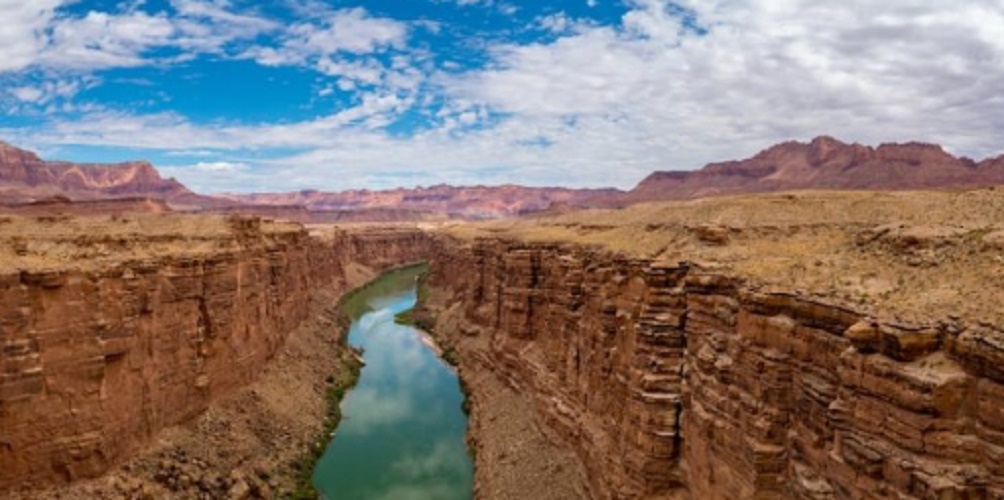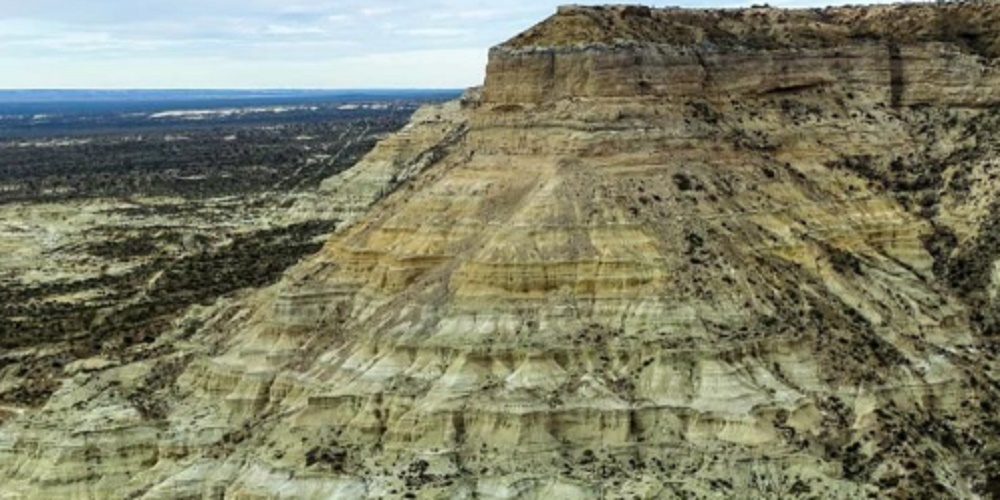What is water erosion?
We explain what water erosion is, what causes it and what factors accelerate it. In addition, rain and river erosion.
-
What is water erosion?
Water erosion is the type of wear that water exerts on hard materials on the Earth’s surface in its various forms of displacement, movement or flow. It is a process of wear, transport and deposition of the particles that make up the rock, minerals and the various physical structures that make up the surface layer of the lithosphere.
Throughout its hydrological cycle , the water that makes up two-thirds of our planet changes many times in shape, moving from its liquid state to the gas and the solid , and then recovering its liquidity in the seas, oceans , rivers and lakes.
In these changes and movements, it generates a wear quota in the materials that it finds in its path, either in the rocks that impact the rain, those that stop the onslaught of the wave, those that cross the river in its continuous flow, etc. .
This water erosion results in the slow decomposition of the surface of the rocks , the transport of these sediments to other regions, the destruction of the soils , and the subsequent deposition or accumulation of sediments in new regions of the planet’s surface.
-
Causes of water erosion
Water erosion is a natural phenomenon that occurs on our planet. Its causes are as simple as the rain, the running of the rivers, the rise and fall of the tides , the constant impact of the waves, or even the occasional drip on a hard surface.
Any displacement of water , or even its successive hardening and melting of ice bodies high in the mountains, causes a slow but constant change in the planet’s surface.
-
Types of water erosion
Water erosion can occur according to the following types:
Sheet erosion . The least noticeable of the forms of water erosion, despite being the most widespread, consists of filtering water and lighter soil particles , leaving behind the thickest, devoid of essential nutrients such as silt and organic matter .
Erosion by creep . It occurs when water forms erosive channels that cross the ground, and which can be:
- Regueros , smaller.
- Cárcavas , which flow according to the slope of the land and come from the accumulation of water at the same point.
- Furrows , small traces of water that remove the soil or stones in its path.
Mud washes . Forms of collapse or displacement of soils in the form of viscous fluid, since the soil has exceeded its water absorption capacity and is removed as if it were fresh clay.
-
River erosion

River erosion is understood as a form of water erosion, which is due to the exclusive action of rivers . These are born high in the mountains and flow to the sea, dragging in their path all kinds of hard materials.
When they flow, they not only carry minerals, stones, logs, but also the surface layer of the earth, or even the most resistant rocks. That is why, when it dries, the rivers leave the groove that reveals its trajectory, called the channel.
-
Rain erosion

Similarly, it is known as rain erosion to a form of water erosion caused by rain . Water droplets in their downward path impact the ground and pluck particles, generating a tiny form of laminar erosion.
This phenomenon usually occurs in thin soils, and also in regions of much and continuous precipitation, on the rocks or solid materials most exposed to the fall of the water and especially to its runoff.
-
Factors that accelerate water erosion

Erosion caused by water can be increased by the following factors:
- Deforestation , given that the layer of plant life present in many regions of the planet protects the soil and helps absorb water, preventing it from flooding the soil.
- Agricultural overexploitation , since the mistreatment and impoverishment of the topsoil makes it more vulnerable to the action of water.
- Reliefs of the relief , that is to say, in the regions in which there are greater falls of water, accumulations of the same one or runoffs, a greater erosion takes place than in the others.
-
Other types of erosion

In addition to that caused by water, there are other forms of erosion:
- Wind erosion , caused by the force of the wind and especially by the solid particles that it is capable of lifting and moving, crashing them against the earth’s surface.
- Gravitational erosion , caused by the fall of bodies and projections of the ground due to the force of gravity.





